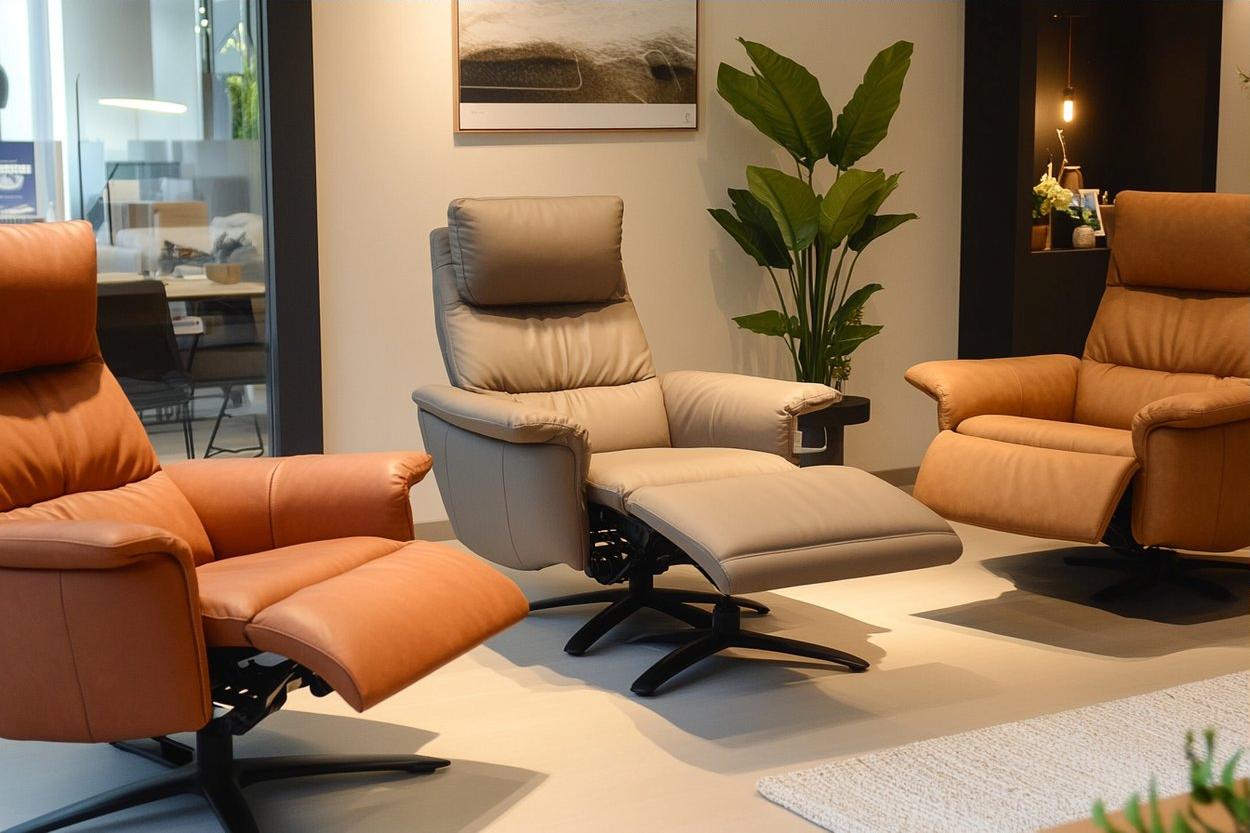Cryotherapy Facials: The Cold Revolution in Skincare
In the ever-evolving world of beauty and wellness, a chilling new trend is sweeping through high-end spas and dermatology clinics: cryotherapy facials. This innovative treatment harnesses the power of extreme cold to rejuvenate the skin, reduce inflammation, and promote a youthful glow. Far from being just another fleeting fad, cryotherapy facials represent a significant shift in how we approach skincare, combining cutting-edge technology with the body's natural healing processes. As more people seek non-invasive alternatives to traditional cosmetic procedures, this icy treatment is gaining traction among beauty enthusiasts and skincare professionals alike. Let's dive into the frosty world of cryotherapy facials and explore why they're becoming the coolest trend in beauty.

The cold exposure also triggers the release of endorphins and other beneficial hormones, which can have a positive impact on skin health and overall well-being. Furthermore, the extreme cold is thought to reduce inflammation, a key factor in many skin issues and aging processes. By targeting inflammation at the cellular level, cryotherapy facials may offer a more holistic approach to skin rejuvenation compared to traditional topical treatments.
The Evolution of Cold Therapy in Skincare
While the use of cold in skincare might seem like a recent innovation, the practice has roots that stretch back centuries. Ancient Egyptians used cold baths to treat inflammation and promote healing, while in the 19th century, doctors began experimenting with localized cold treatments for various medical conditions. However, it wasn’t until the late 20th century that cryotherapy began to be explored for its cosmetic potential.
The development of modern cryotherapy facials can be traced back to the 1970s when Japanese rheumatologist Dr. Toshima Yamauchi began using extreme cold to treat rheumatoid arthritis. His work laid the foundation for whole-body cryotherapy, which eventually led to more targeted applications, including facial treatments. Over the past decade, advancements in cryotherapy technology have made it possible to deliver precise, controlled cold to specific areas of the face, ushering in the era of cryotherapy facials as we know them today.
The Cryotherapy Facial Experience
A typical cryotherapy facial session begins with a thorough cleansing of the face to remove any makeup, oils, or impurities. The skin is then prepped with a protective gel or serum to ensure even distribution of the cold and prevent any risk of frostbite. The cryotherapy device, which often resembles a wand or a small nozzle, is then passed over the face in controlled movements, delivering a stream of vaporized liquid nitrogen or cooled air.
The treatment usually lasts between 10 to 15 minutes, during which clients may experience a tingling sensation and a feeling of intense cold. However, the discomfort is generally minimal, and many find the experience invigorating. Immediately after the treatment, the skin may appear flushed due to the increased blood flow, but this typically subsides within an hour, revealing a more radiant complexion.
Benefits and Potential Drawbacks
Proponents of cryotherapy facials claim a wide range of benefits, including improved skin tone and texture, reduced appearance of fine lines and wrinkles, minimized pore size, and a more even skin tone. The treatment is also said to help with specific skin concerns such as acne, rosacea, and eczema by reducing inflammation and regulating sebum production.
One of the most significant advantages of cryotherapy facials is their non-invasive nature. Unlike more aggressive treatments like chemical peels or laser resurfacing, cryotherapy facials don’t damage the skin’s surface, making them suitable for a wider range of skin types and requiring little to no downtime.
However, it’s important to note that while many users report positive results, scientific research on the long-term effects of cryotherapy facials is still limited. Some dermatologists caution that the benefits may be temporary and that regular treatments would be necessary to maintain results. Additionally, while generally considered safe, cryotherapy facials are not suitable for everyone. People with certain medical conditions, such as Raynaud’s syndrome or cold urticaria, should avoid these treatments.
Integrating Cryotherapy into a Skincare Routine
For those interested in incorporating cryotherapy into their skincare regimen, it’s essential to approach it as part of a comprehensive routine rather than a standalone miracle treatment. Many skincare professionals recommend combining cryotherapy facials with other proven skincare practices for optimal results.
A typical integrated approach might include regular cryotherapy facials (usually every 4-6 weeks) alongside a consistent at-home skincare routine featuring high-quality cleansers, serums, and moisturizers. Some spas and clinics also offer cryotherapy as part of a more extensive facial treatment, combining it with other modalities like LED light therapy or microcurrent stimulation.
For those unable to access professional cryotherapy facials, at-home cryotherapy tools have begun to emerge in the market. These devices, while not as powerful as professional-grade equipment, aim to provide similar benefits through controlled cold application. However, it’s crucial to use these devices carefully and according to instructions to avoid potential skin damage.
The Future of Cryotherapy in Beauty and Wellness
As interest in cryotherapy facials continues to grow, we’re likely to see further innovations in this field. Research is ongoing to refine the technology and better understand the long-term effects of cold therapy on skin health. Some experts predict that we may soon see more targeted cryotherapy treatments, focusing on specific skin concerns or combining cold therapy with other cutting-edge skincare technologies.
The rise of cryotherapy facials also reflects a broader trend in the beauty industry towards treatments that work with the body’s natural processes rather than against them. This aligns with the growing consumer demand for non-invasive, natural-looking results and treatments that promote overall skin health rather than just surface-level improvements.
As with any emerging beauty trend, it’s essential for consumers to approach cryotherapy facials with a balanced perspective. While the treatment shows promise and has garnered a devoted following, more research is needed to fully understand its long-term effects and optimal usage. As the beauty industry continues to evolve, cryotherapy facials represent an exciting frontier in the quest for healthy, radiant skin – a cool revolution that’s just beginning to heat up the world of skincare.





